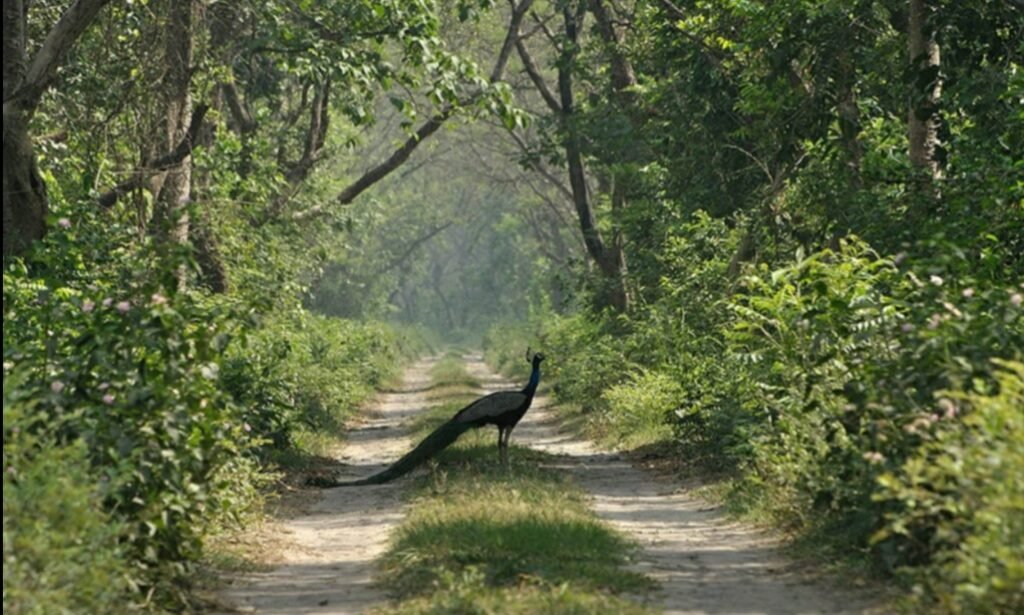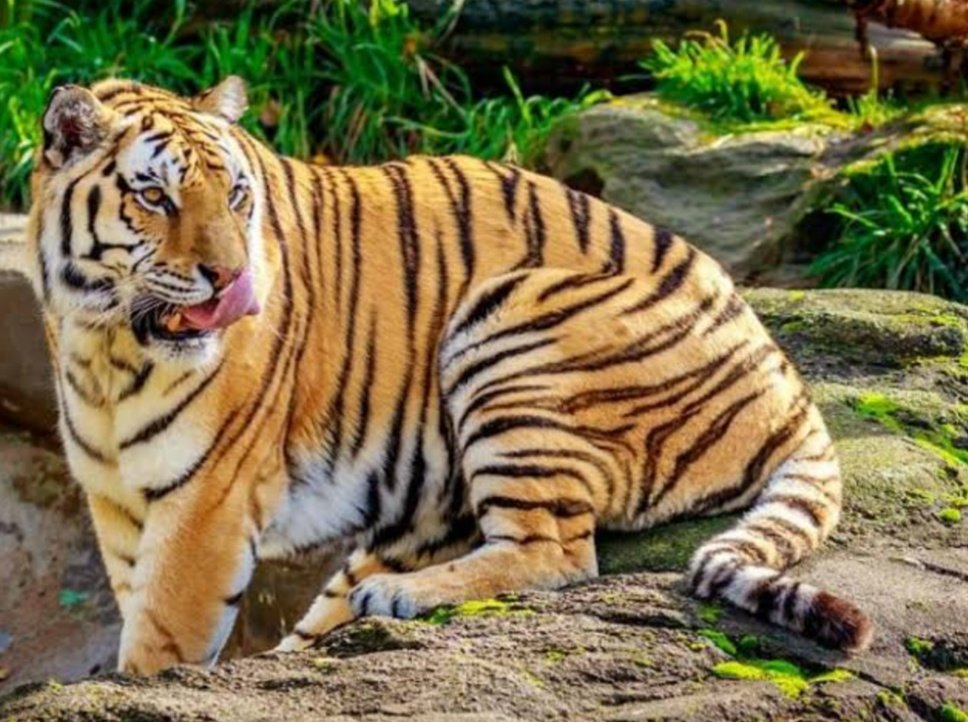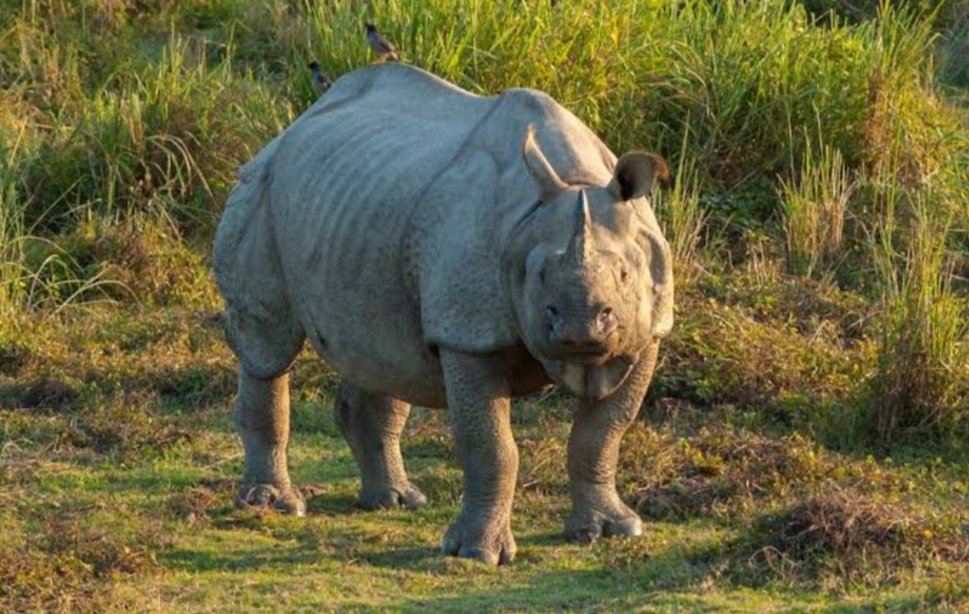Explore magestic Dooars this winter! Here are top 5 must visit places in Dooars which can’t be missed!
Dooars is a nature lover’s heaven, with its unspoiled terrain and the majestic Himalayas as a lovely backdrop. Many people are unaware that Dooars has a plethora of tourist attractions. Because it is the gateway to Bhutan and North East India, this region has been appropriately dubbed Dooars or Duars. The Teesta, Torsa, Murti, Jaldhaka, Dyna, and Sankosh rivers run through the region, which is rich in lush woods and unusual fauna. Exploring the region’s rich flora and wildlife, as well as its magnificent landscape, would be a memorable experience for nature lovers.
These sites are a visual treat, from the rippling rivulets of Jhalong to the gorgeous valleys of Buxa with woods defined by walking trails, to the riverbeds of Jaldapara and the lush vegetation of Gorumara National Park. During the monsoon season, though, these parks are closed. Raas Mela, one of the ancient fairs hosted here, attracts visitors in November and December. The Bengali calendar declares the commencement of the fair on the day of the full moon (Purnima) in the month of Kartik. So make plans to visit this lesser-known gem and create lifelong memories.
(1) Chapramari Wildlife Sanctuary.
This Wildlife Sanctuary, which is around 20 kilometres from Gorumara National Park, is another example of nature’s splendour. Tourists can witness a vast variety of animals in their natural habitat, including elephants, gaur, and leopards, against the backdrop of Kanchanjungha and other Himalayan peaks. If you enjoy birding, bring a pair of binoculars with you to see colourful birds like parrots, kingfishers, and green pigeons, among others. There are only a few possibilities for lodging in the neighbourhood. Spend some time at this quiet refuge in the foothills of the magnificent Himalayas anytime you visit the Dooars.
The Sanctuary is closed to tourists from June to September, so avoid going at that time. In addition, the Rest House offers overnight accommodations.

(2) Buxa Tiger Reserve.
Buxa is a lovely spot in the middle of nowhere, surrounded by the River Jayanti, mountains, and lush forests. Buxa Tiger Reserve, the only one of its kind in the eastern Himalayas, is the area’s main attraction. The reserve, which is located near Alipurduar, includes the former Buxa Forest Division as well as a portion of the Cooch Behar Forest Division. It was founded in 1983, and in 1992, it was designated as a national park.
For years, the reserve’s abundant biodiversity has drawn visitors, and it has become a popular retreat for exhausted souls who want to unwind in nature. The 760-square-kilometer area is home to a variety of forest types, including riverine, savannah, evergreen, sal, and other sorts. Not only do the geography and climate support a diverse array of plant and animal species, but they also sustain a diverse range of animal species. Tigers, civets, red jungle fowls, leopards, elephants, gaurs, porcupines, rhesus macaque, mahseer, tortoise, and butterflies are just a few of the mammals, reptiles, amphibians, and fish that visitors can observe.
For birdwatchers, Buxa is a dream come true. Here you can see red stars, wagtails, fork-tails, ibisbills, great pied hornbills, and the trans-Himalayan migratory goosander. Gargani teal, common teal, white-eyed pochard, and huge whistling teal at the Narathali Lake are among the migratory birds that have made Buxa their temporary home. During the winters, the rare black-necked crane can be seen in Buxa. In addition, guests can visit Buxa Fort, Jayanti, and Rajabhatkhawa, among other attractions in the vicinity. In the region, you can stay in homestays and resorts. The tranquil Buxa Tiger Reserve is a must-see on any trip to the Dooars.

(3) Gorumara National Park.
Gorumara National Park is one of the most prominent Dooars attractions, located along the banks of the Murti and Raidak rivers. The park’s 80-square-kilometer territory is made up of meadows and woodlands. It has been a reserve forest since 1895, but in 1949 it was designated as a wildlife sanctuary. In addition, the park was designated as a national park in 1994, and it is home to a rich range of vegetation and fauna. It’s famous for being the home of the giant Indian rhinoceros. Elephants, leopards, hornbills, king cobras, Indian pythons, and gaur are just a few of the wildlife that may be seen here. To tour the park, visitors can select between an elephant safari and a jeep safari.
Gorumara National Park is one of the most popular tourist locations in the Dooars, drawing visitors all year. Several mammals, reptiles, birds, and amphibians are protected by the park’s verdant forests, towering elephant grasses, streams, and stunning landscape. Gorumara National Park is also a birdwatcher’s dream come true. Birders will enjoy spotting and photographing hornbills, woodpeckers, ibises, drongos, minivets, and pheasants, among others. During the winter, the Brahminy duck, or ruddy shelduck, migrates to the park. Beautiful butterflies, as well as nocturnal predators such as owls and nightjars, can all be found in the jungle.
Gorumara National Park is one of the most popular tourist locations in the Dooars, drawing visitors all year. Several mammals, reptiles, birds, and amphibians are protected by the park’s verdant forests, towering elephant grasses, streams, and stunning landscape. Gorumara National Park is also a birdwatcher’s dream come true. Birders will enjoy spotting and photographing hornbills, woodpeckers, ibises, drongos, minivets, and pheasants, among others. During the winter, the Brahminy duck, or ruddy shelduck, migrates to the park. Beautiful butterflies, as well as nocturnal predators such as owls and nightjars, can all be found in the jungle.

You may explore spectacular vistas and valleys to obtain amazing views of Bhutan highlands and Himalayas, lovely mountain streams, wide stretches of expansive tea gardens, take nature walks, visit small hamlets in the lap of nature, and so much more in the Dooars.












































